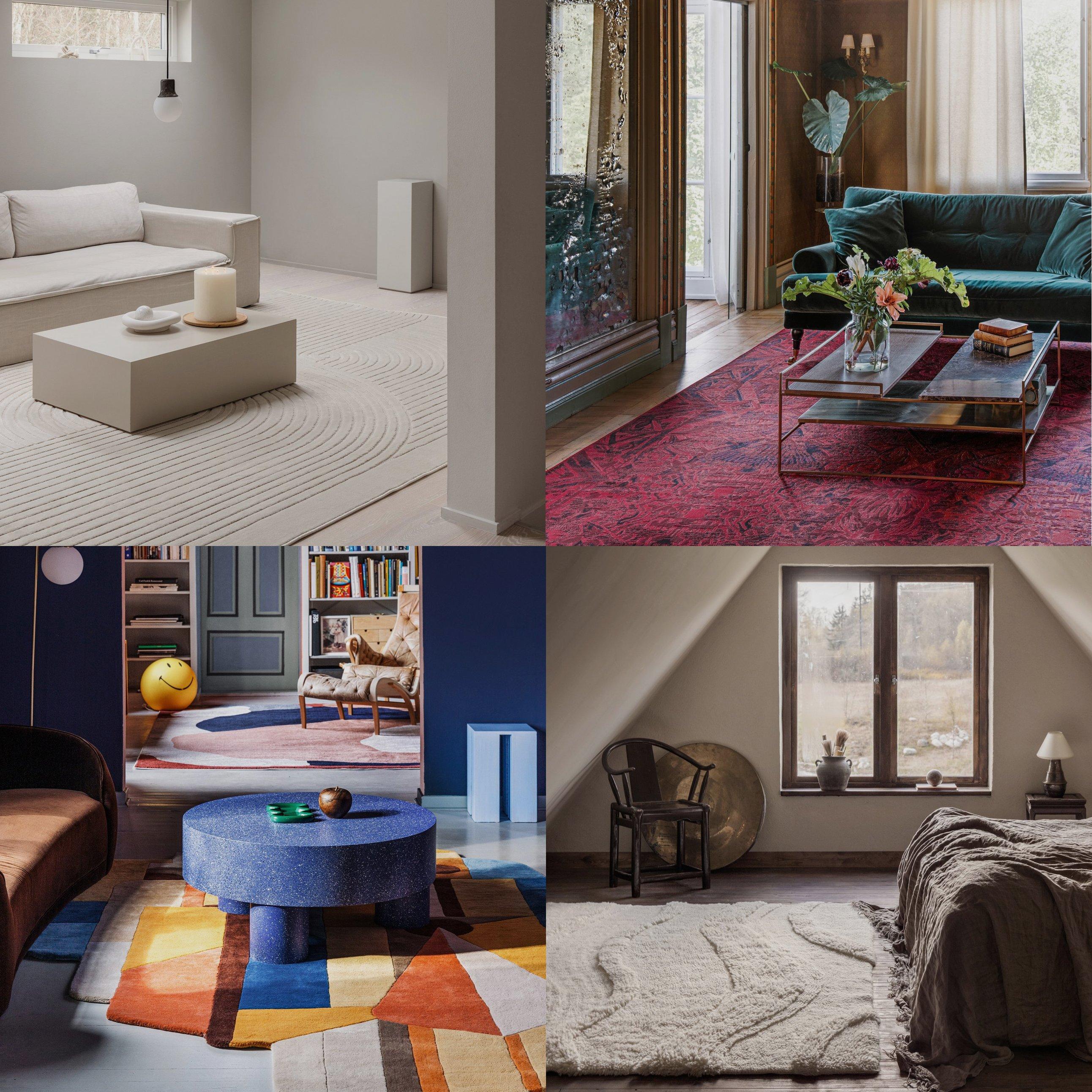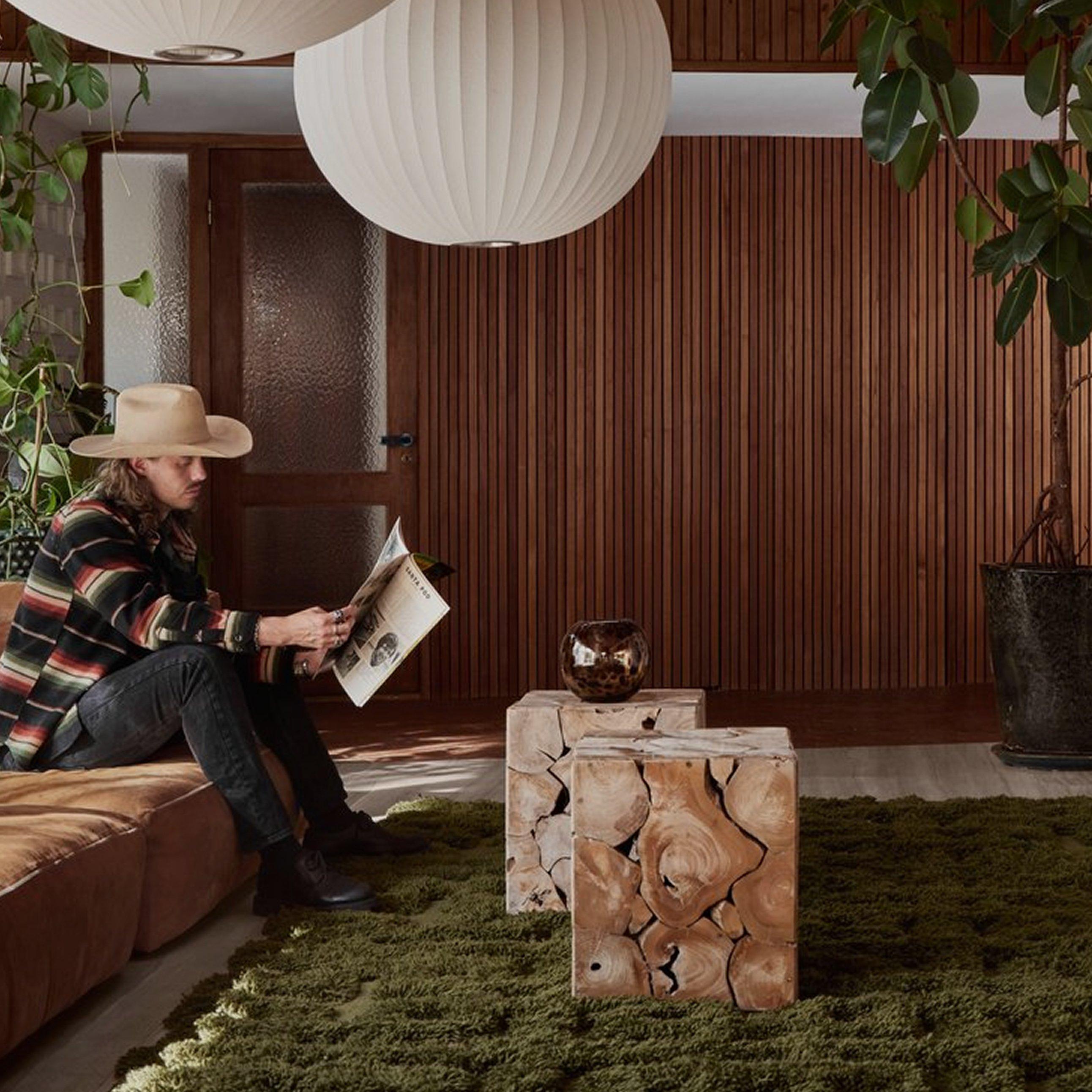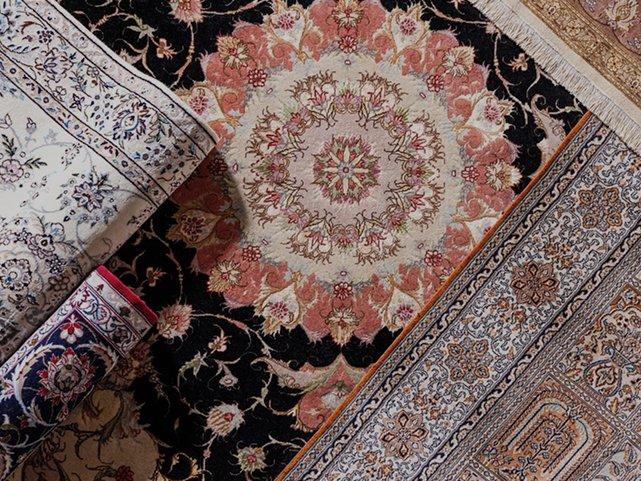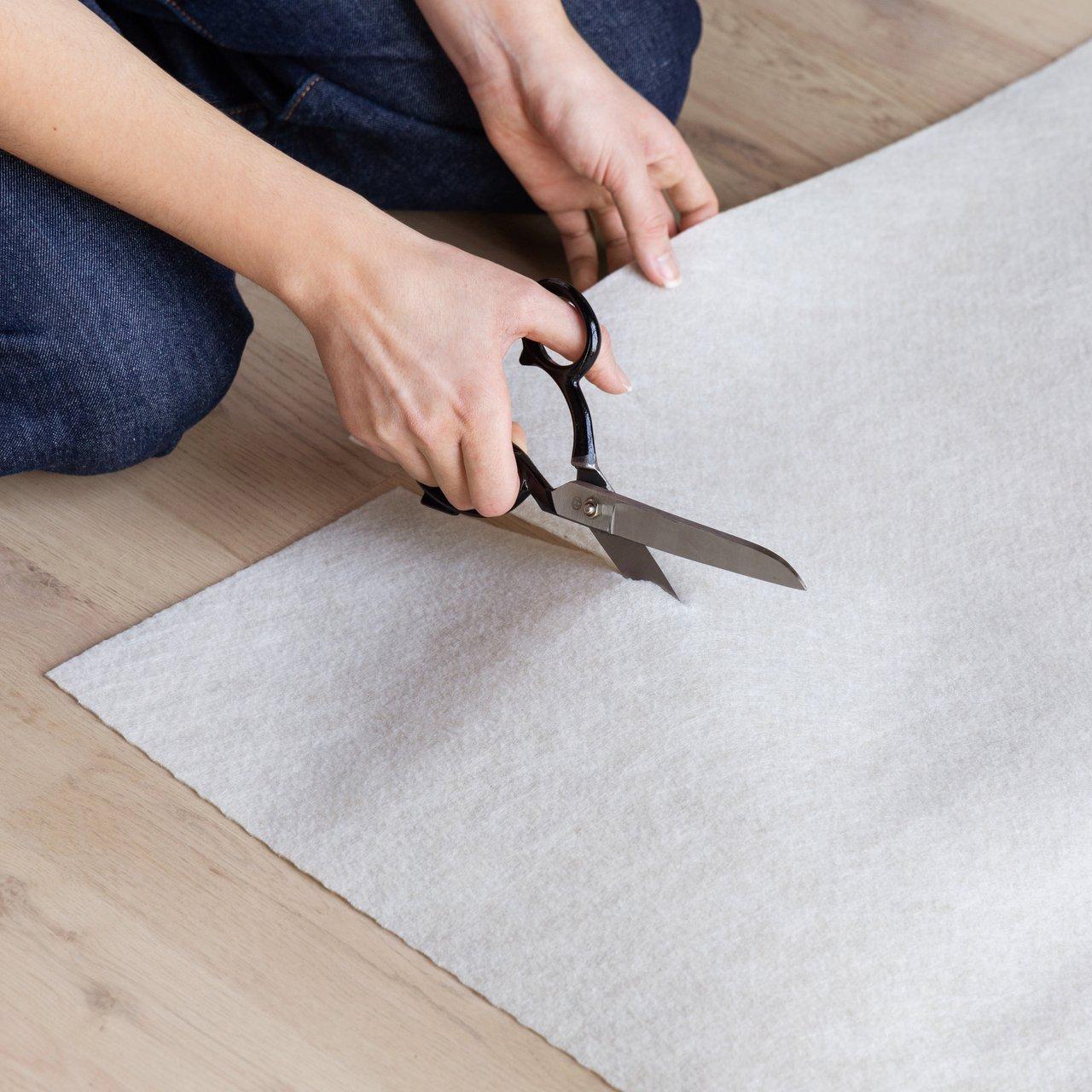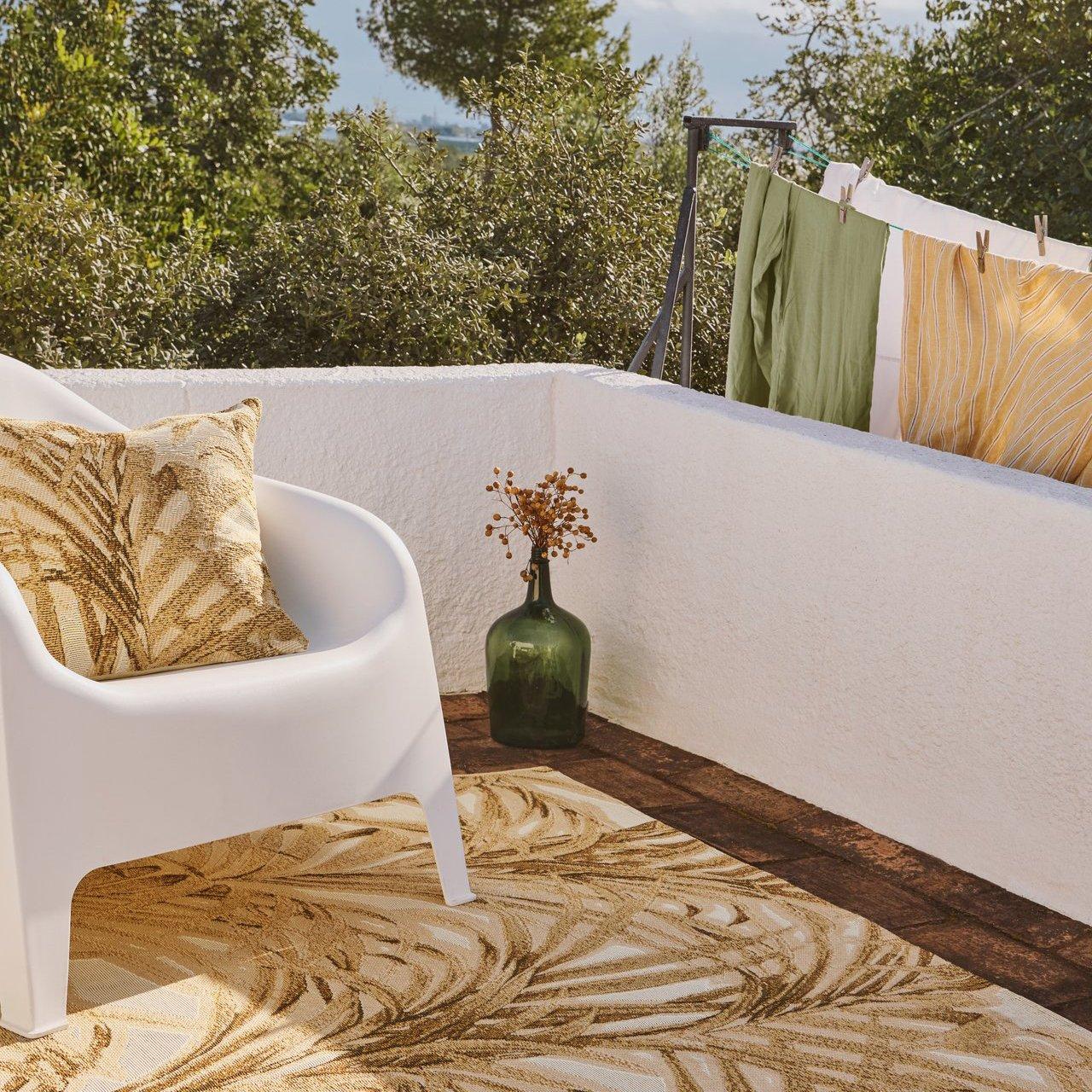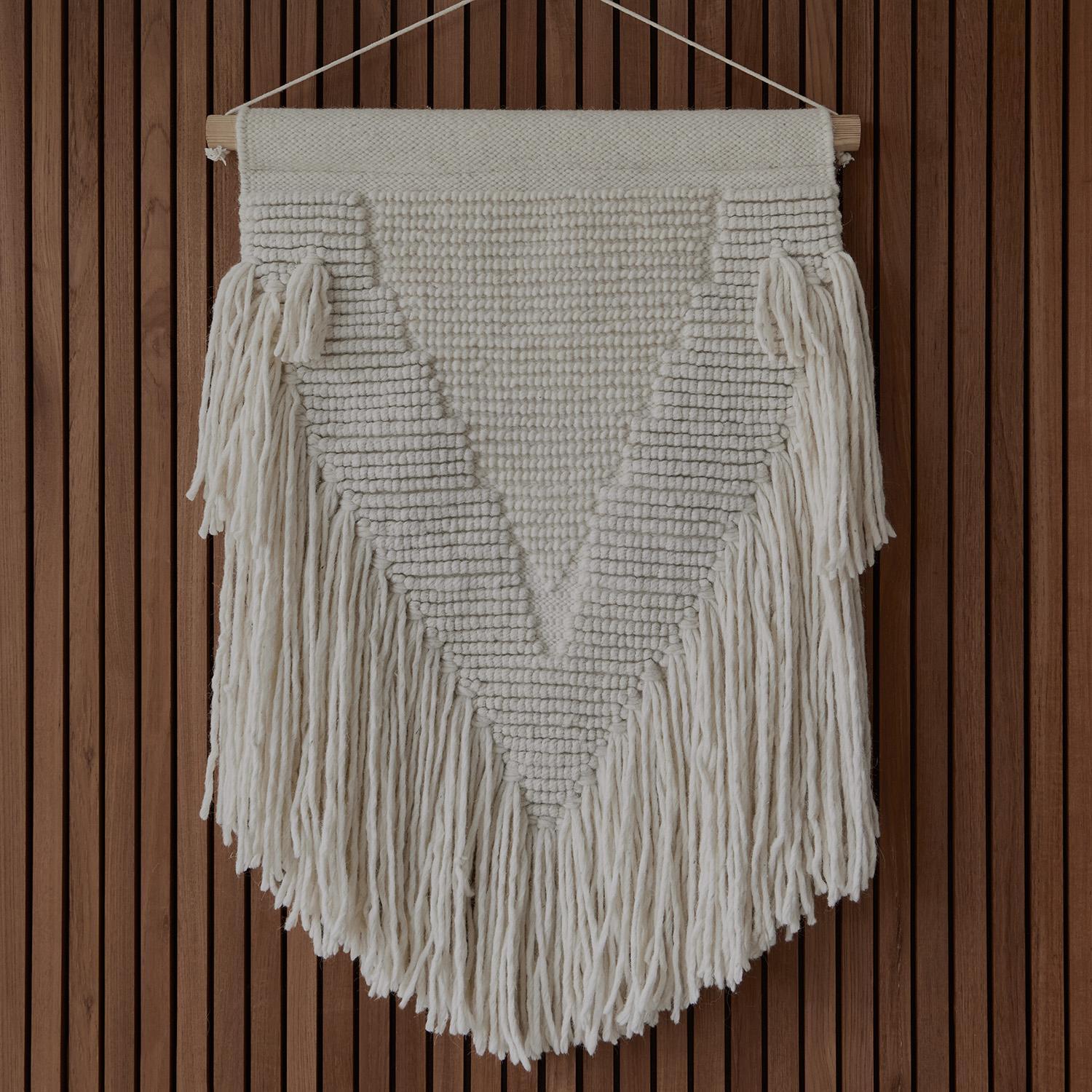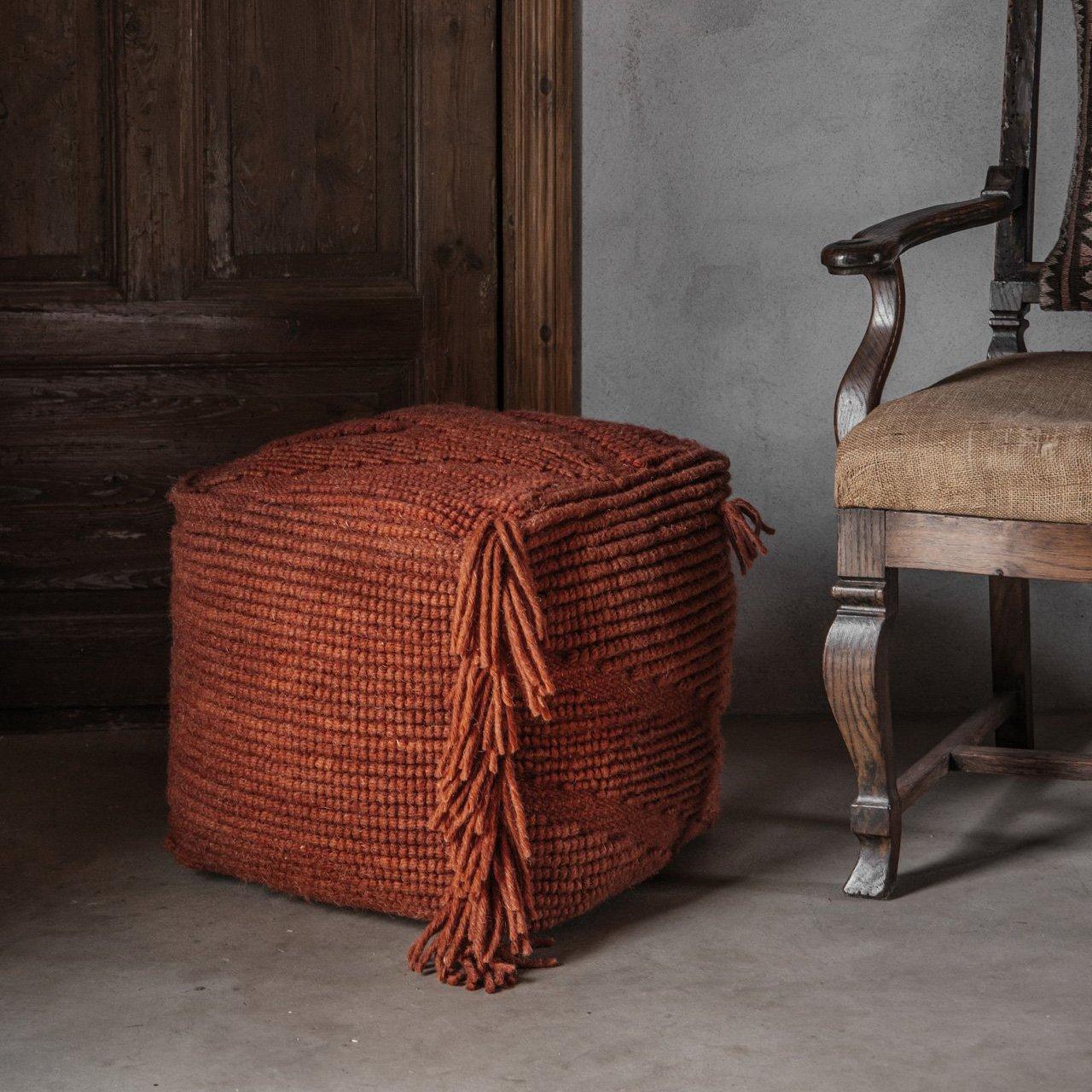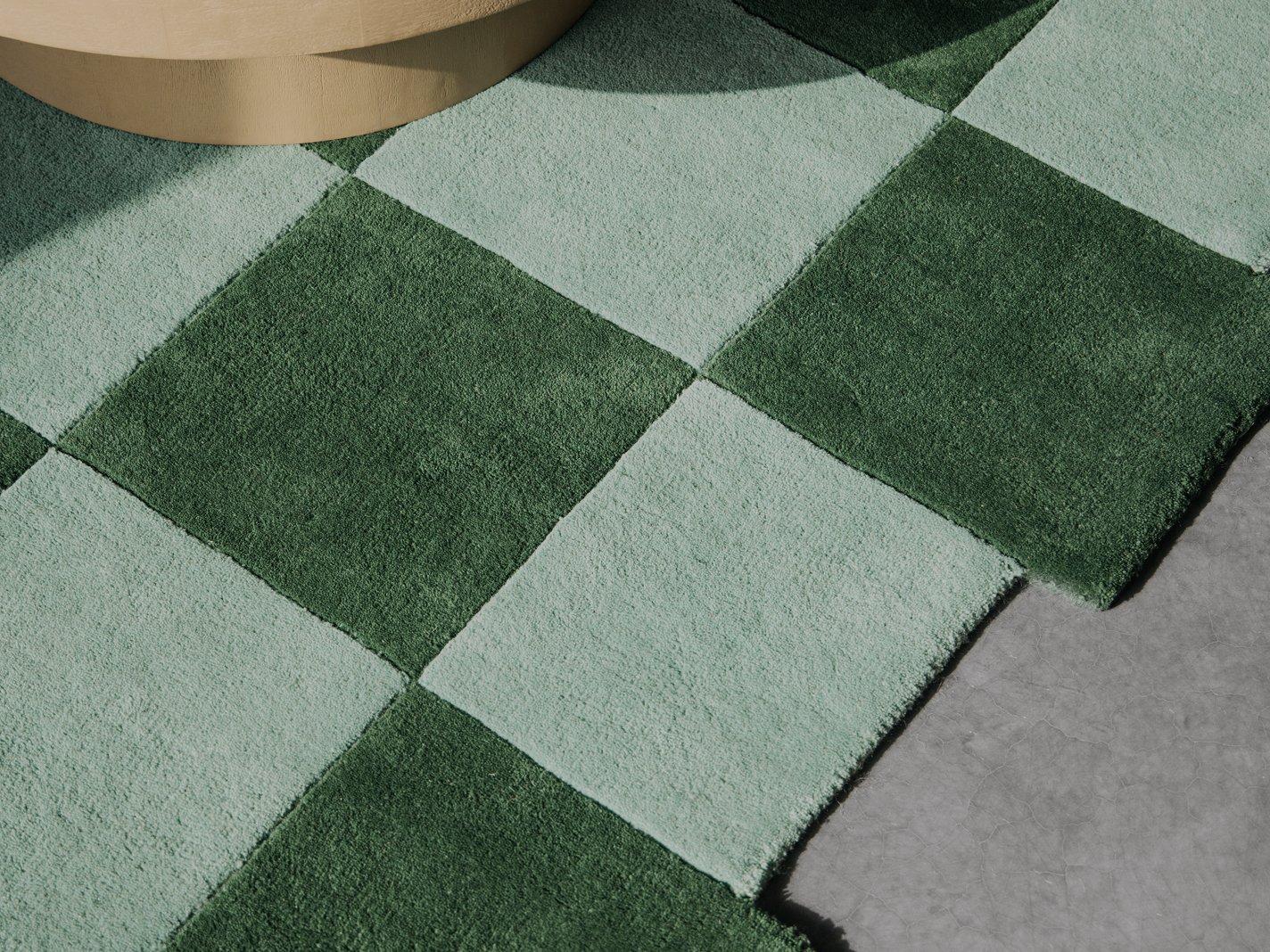Oriental rugs 101
– Explore 11 different types of oriental rugs
BY LOUISE, RUG EXPERT AT RUGVISTA | PUBLISHED: 10/04/2024
Colourful, eye-catching, and showcasing thorough craftsmanship, oriental rugs remain popular regardless of the latest interior design trend. With a wide diversity of styles, sizes, and designs, there’s almost always an oriental rug that’ll fit the setting of your room.
Different types of oriental rugs are often named after the village, region or other geographical area where they’re crafted. Each type has its recognisable colour settings, patterns or techniques, depending on the traditions of that specific area. Below, we’ve explored some of the most common and popular types of oriental carpets. But first, we need to sort out one thing: what is considered an oriental rug?

What is an oriental rug?
A place called “the Orient” might sound abstract and vague today. When talking about unique oriental rugs, the term includes all types of handcrafted oriental carpets originating in the geographical areas we know as North Africa, the Middle East, and Central Asia. Oriental rugs are unique as they’re knotted or woven by hand. For example, if an oriental rug has fringes, that’s because the warp is a part of the rug’s structure, while a machine-made rug can have fringes that are sewn on afterwards just as decoration.
What’s the difference between Persian and oriental rugs?
Simply put, Persian rugs are a type of oriental rug. They’re made in the historical area known as Persia (modern Iran), which is considered the birthplace of the oriental rug. All Persian rugs are oriental, but not all oriental rugs are Persian since an oriental rug can originate from a much wider geographical area than Persia.

Nomad, village and workshop carpets – it’s (almost) all
about location
Among the oriental rugs, three central characteristics are commonly referred to as nomad rugs, village rugs and workshop rugs.
Nomad rugs originate from nomadic weavers, where the craftsmanship was a part of tribal traditions. The rugs are often named after the tribes that created them. They’re decorated with motifs of animals and landscapes that the nomadic tribes would encounter — and every tribe has their unique characteristics. Nomadic rugs are weaved on simple and collapsible looms. The rugs originally served functional purposes like saddle bags and tent decoration. A nomadic carpet must be transportable and filled with a specific purpose. It’s relatively small and might have measurements that we consider odd today.
Village rugs, on the other hand, are created by settled villagers and are often named after the village (or a surrounding region) where they’re crafted. They’re usually larger than nomad rugs; their intended purpose is area rugs in homes. The motifs are often geometrical and more detailed than on nomad carpets, following traditions from its specific region. Still, the weaver chooses colours, patterns and designs.
Lastly, workshop rugs are carpets showing off exquisite craftsmanship. As the name implies, these carpets are crafted in ateliers traditionally located in larger cities. The atelier functions as a company where the weavers are employed. The looms are stationary, built to allow the manufacturing of huge carpets, and it’s not unusual that several weavers work simultaneously on a carpet. During the work, the weavers follow a highly detailed pattern drawn on paper, and the irregularities accepted on village and nomad carpets are not allowed here.
Exploring some common types of oriental rugs and their characteristics
Regional and cultural traditions play an essential role in the history of oriental rugs. Colours, patterns, and weaving techniques are all characteristics that give essential clues when identifying types of oriental rugs, and here we’ll examine some of the most common variants.
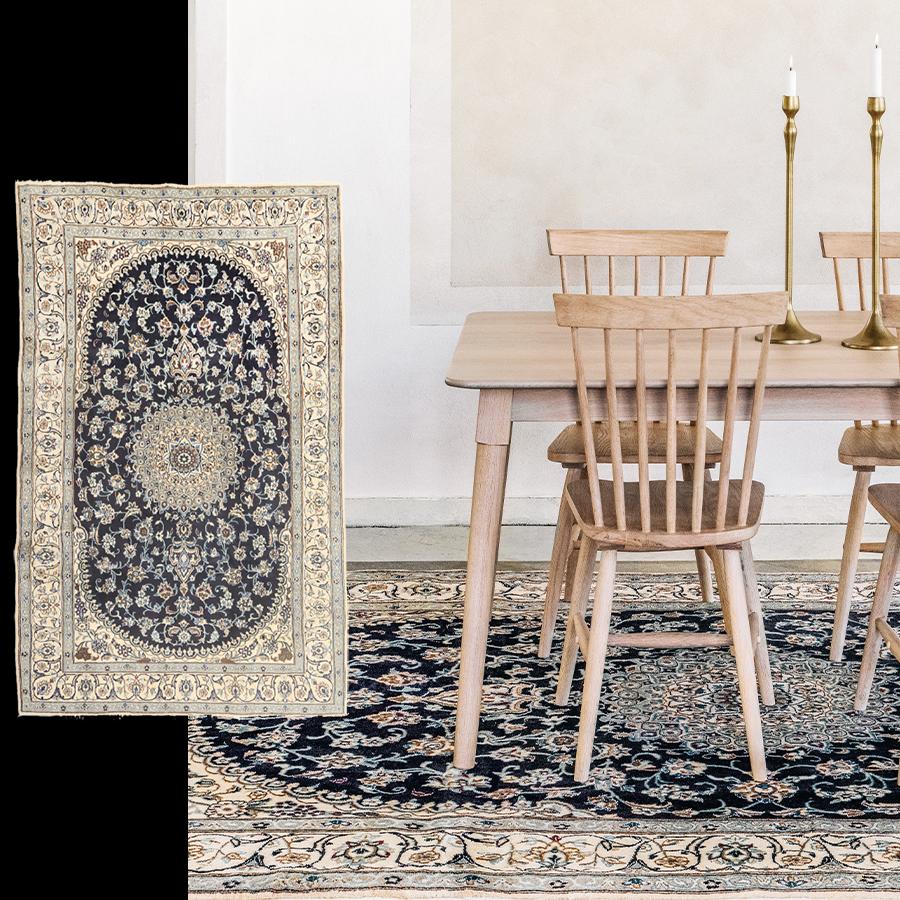
1. Isfahan carpets – highly detailed artwork
The city of Isfahan was the Iranian capital in the 16th and 17th centuries and has remained influential ever since. It’s well known for its rug ateliers, as Isfahan rugs are considered workshop rugs made with exquisite craftsmanship. The highly detailed patterns are often inspired by tile work in the local mosques or florals from the city’s extensive gardens. They’re usually highly tight-knotted, and one single rug can contain as many as a million knots – so these rugs are not your average floor coverings but art for your floors.
2. Nain rugs – similarities with Isfahan carpets
Nain carpets refer to high-quality rugs crafted in one of the city’s workshops and to village rugs created in the town’s surrounding area. Carpets from the city have a high reputation, and it’s common to find rugs here with over a million knots per square metre. While the atelier carpets are more detailed, there are similarities in patterns and designs between them and the village rug. A centred medallion, surrounded by elegant arabesques and floral motifs, is typical of the Nain carpet. When we’re on the topic, the city of Nain is close to Isfahan, and the rugs from these cities have a lot in common in terms of their patterns and colours.
3. Qashqai carpets – from a nomadic tradition
The Qashqai (sometimes spelt Gashghais) are a nomadic tribe from southwestern Iran, and crafting carpets is an essential part of their traditions. Qashqai rugs often have a reddish-brown base colour. The pattern usually consists of a central medallion repeated in all four corners. Animals, trees, and flowers are popular features, and the nomads also knot the patterns from memory.
4. Gabbeh carpets – popular and playful design
Gabbeh carpets are usually knotted by the Qashqai nomads and are considered the most well-known hand-knotted nomadic rugs from Iran. The term Gabbeh originates from the Farsi language, meaning “raw, uncut, natural.” A traditional Gabbeh carpet is often rather primitively patterned with only a few elements, mostly rectangular objects containing animals. It’s made from plant-dyed yarns, and Gabbeh rugs are often much thicker than other Persian rugs. As Gabbeh carpets have become widely popular, their designs have been modernised, typically characterised by large, multicoloured fields and a playful design.

5. Tabriz carpets – both village and workshop rugs
The Iranian city of Tabriz is located west of Theran and has been an important trading place for centuries. Tabriz carpets are crafted in the city as detailed workshop carpets and in the broader area surrounding the town, as village rugs. Medallion patterns are common, as are trees or ancient palaces and ruins. Sometimes, you’ll see the term Raj and a number in connection with the name of Tabriz carpets. That refers to the number of knots in a 70 mm span range by which the carpet is constructed. For instance, a Tabriz 50 Raj relates to carpets with approximately half a million knots per square metre.
6. Kilim carpets – crafted with a unique technique
With a history dating back to the early days of the Persian Empire, the Kilim carpets are an essential part of the oriental rug tradition. They’re renowned for their flatweave structure, created with a unique weaving technique in which the pattern is made by the weft threads which are spun looser than the warp and completely cover this when packed together. A change of colour creates a vertical slit, which forms a diagonal and stair-like pattern. Due to their popularity, modern Kilim rugs are a great way to add colours and patterns to any room.
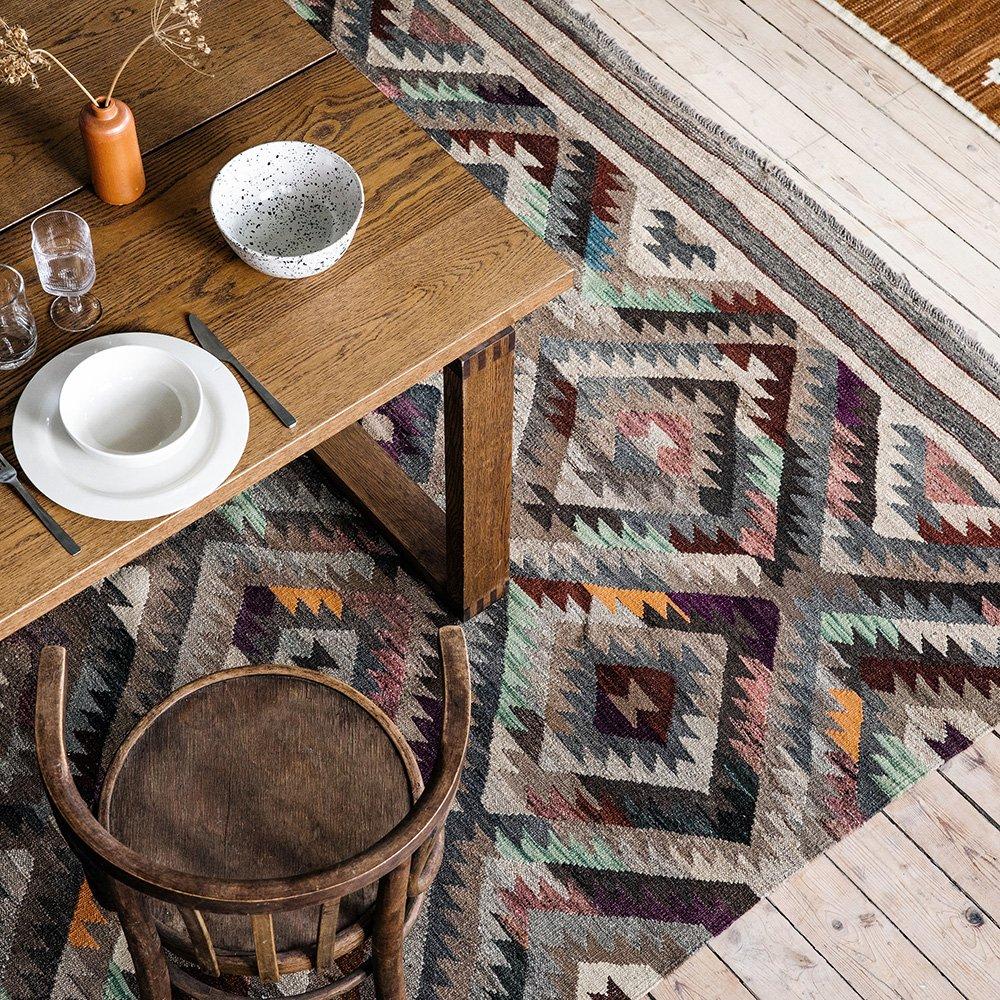
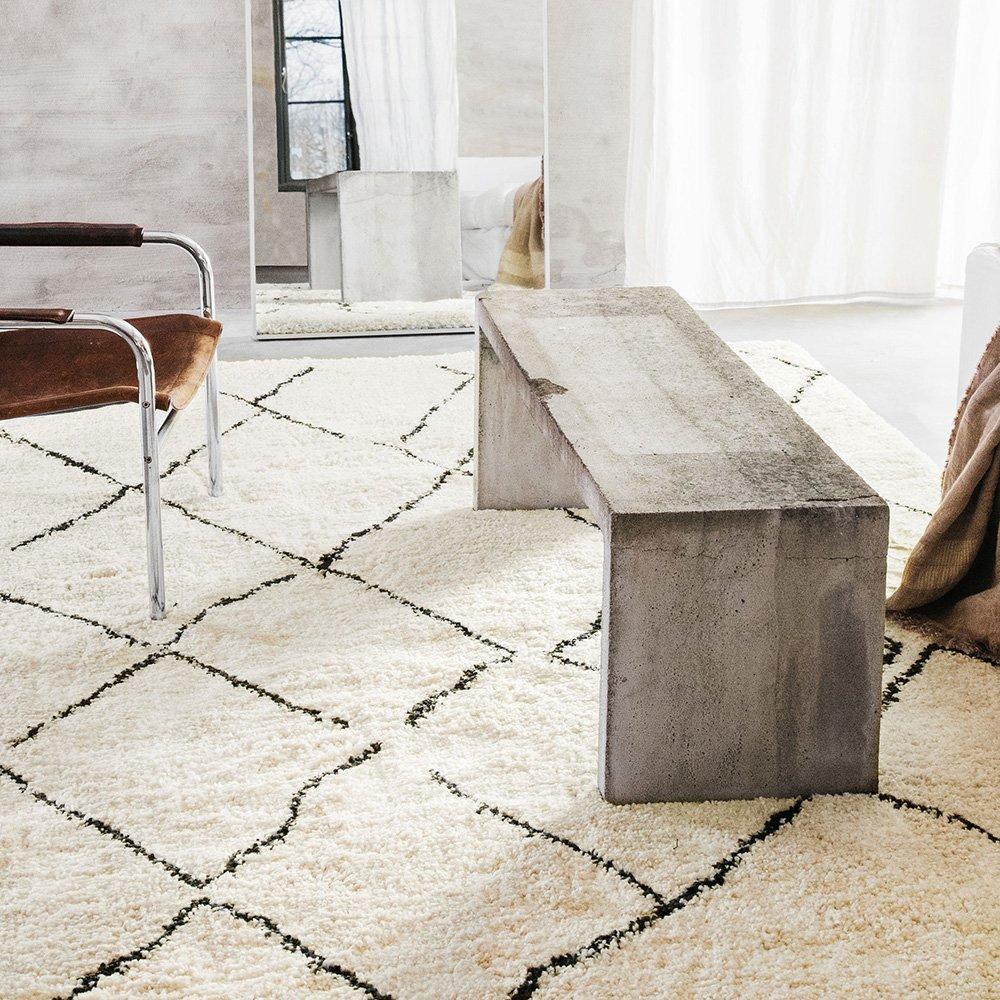
7. Berber carpets – rustic and trendy
Berber rugs are widely popular because of their playful design and geometrical patterns. They’re the focal point of any room, whether your style is traditional or more contemporary. These rustic nomad rugs are made by the Berber tribes in Northern Africa, mainly Morocco. The pile is relatively thick, and colours vary from saturated, earthy nuances to bright tones created with dyed wool. Diamond shapes, ornate tribal patterns and repeated motifs are commonly seen on the Berber carpets.
8. Bidjar carpets – geometrical patterns and a dense pile
A combination of durability and sober elegance characterises Bidjar rugs. Named after Bidjar, a small Kurdish town in western Iran, these Kurdish workshop rugs are often considered solid and compact. When crafting the rugs, the knotters use a heavy comb to push together the wefts and knots, creating a very dense pile surface. Dominating colours are red and blue with beige details and expressive patterns which often feature geometrical motifs, medallions, and floral patterns.
9. Hamadan carpets – long-lasting and easy to recognise
Hamadan rugs are easily recognisable, with medallions, plants and floral patterns. Geometrical patterns repeated on the rug are common, and colours like indigo blue and dark red dominate. Hamadan rugs are long-lasting area rugs, as they traditionally are made of tough, hand-spun yarn, which provides a surface resistant to wear and tear.
10. Keshan carpets – medallions and flowers
The town of Keshan is located in central Iran, and in this region, carpets were manufactured as early as the 1500s. Keshan rugs are tightly knotted with a Persian knot, have a high-quality pile, and are considered village rugs. The patterns consist of beautifully designed medallions, flowers, trees and figural motifs. Blue, red and beige/yellow are the dominant colours, and not all rug sizes are available in all colours, as the weavers rely highly on traditions.
11. Kazak carpets – bright and beautiful
Don’t be confused by the name: Kazak rugs are crafted in Afghanistan and surrounding areas. They’re characterised by bright colours and geometrical patterns, often inspired by Russian and Caucasian culture.
Oriental rug types: Handmade vs. machine-made
It’s easy to fall in love with the craftsmanship of traditional oriental rugs. Crafted with passion and expertise, our assortment contains both unique and handmade pieces. Unique oriental rugs are often considered an investment due to their timeless appeal, an imprint of the artisans’ creativity and cultural heritage. With intricate motifs and patterns, they tell stories of their origins.
If you want the aesthetics of an oriental rug but are looking for a more budget-friendly option, a machine-made oriental rug might be a good fit. Made from high-quality synthetic materials, these are designed to look much like their authentic counterparts. Machine-made oriental rugs are produced using automated processes. They boast uniformity in design, materials and texture. The rugs mimic the designs and patterns of handmade oriental rugs. Many machine-made oriental rugs also come with the added benefit of being washable, making them suitable for high-traffic areas and households with pets and children.






